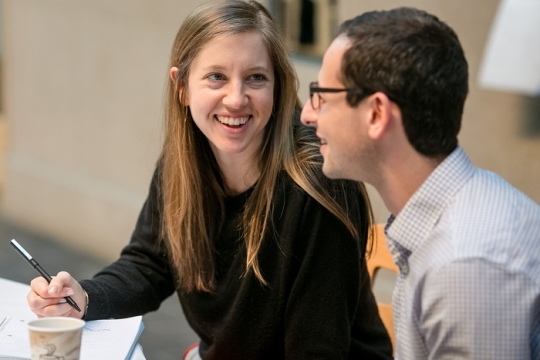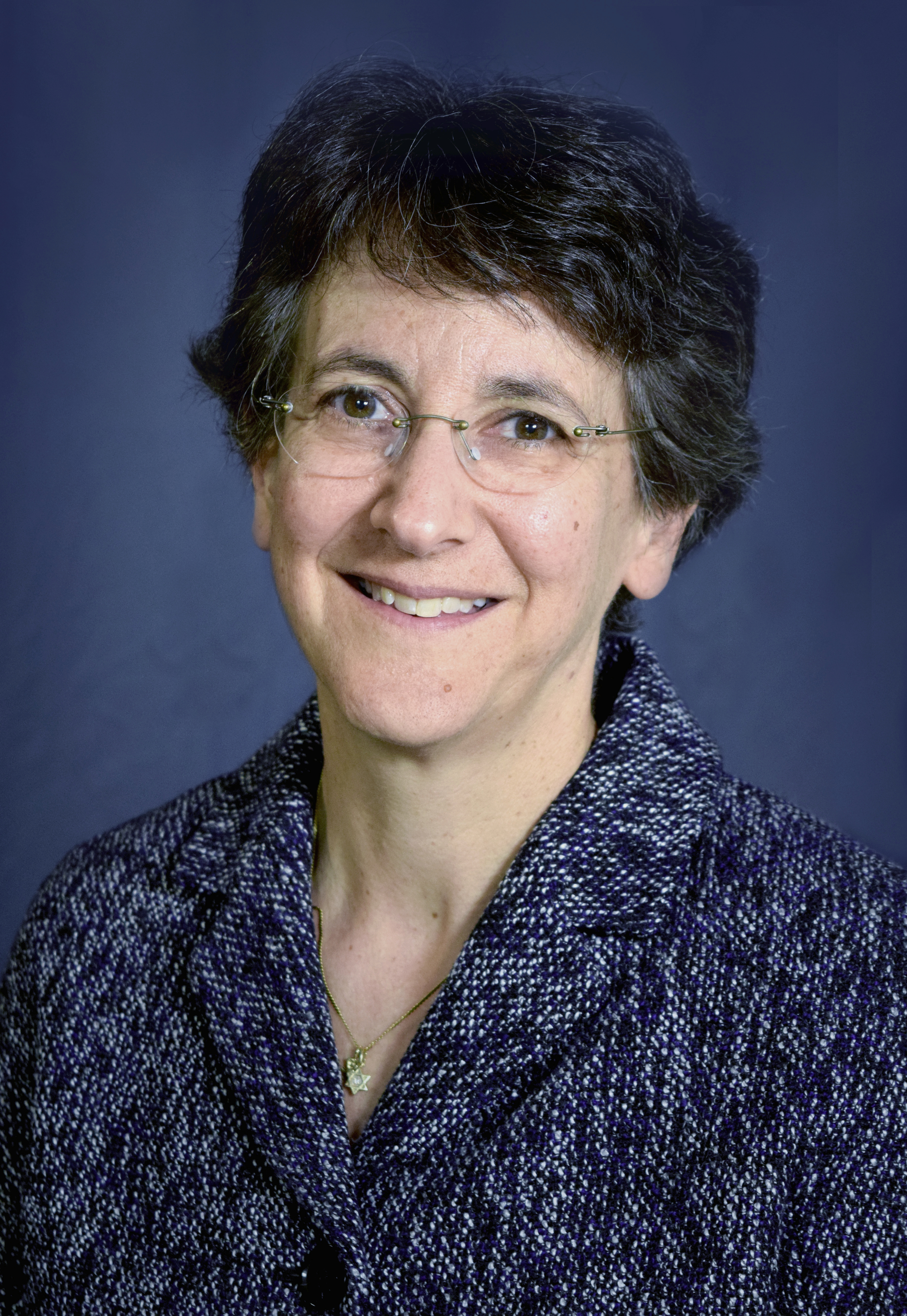
Earlier this month, I met more than 50 congregational presidents and presidents-elect from across North America at the first of two 2018 URJ Scheidt Seminars. Generously funded by Rudi and Honey Scheidt, this seminar has engaged more than 1,500 congregational presidents since 1998. As always, I was inspired by attendees’ enthusiasm and commitment to leading strong communities that connect people to Jewish life.
Meeting these new and incoming presidents reminded me of my own experience as a congregational president about a decade ago at Congregation Beth Am in Los Altos Hills, CA. My presidency was filled with blessings, including a booming economy and extraordinary professional, clergy, and lay partners who exhibited a strong ethic of sacred partnership and an appetite for innovation. During my tenure, we celebrated the congregation’s 50th anniversary and attained a membership of more than 1,500 households. Of course, there were challenges, too, as we set priorities, started an endowment fund, decided to open an early childhood center, and did our best to ensure our team functioned optimally and with the support it needed.
Thinking back on those two years, I offer eight pieces of advice to congregational leaders embarking on their own journey as president:
- Invest in your relationships with your sacred partners. To achieve the goals your congregation sets, you and your sacred partners will need each other. Strive to build your relationships with them with intentionality so they will be as strong as possible. Spend time with fellow lay leaders. If you have a rabbi or other clergy, an executive director, or staff, invest in these relationships as well.
- Recognize the importance of continuity. Your immediate past president has a wealth of knowledge that can help you succeed in your role. For a smooth transition now, lean on him or her in appropriate ways. Ensure your ideas align with the congregation’s mission and vision, and that you complete unfinished initiatives. For a smooth transition at the end of your tenure, groom your successor throughout your presidency.
- Be a leader, not a manager. As president, you provide direction to others through a shared mission – not by micromanaging or dictating how to execute every task. Keep your eyes on the big picture and support other congregational leaders as you work together toward this shared mission.
- Develop the next generation of leaders. You are in a unique position to tap people to take on roles they may not otherwise consider. A phone call from you means more than it did before you became president. If you don’t already have one, consider launching an emerging leaders program to invest in leadership development for your board. The URJ Emerging Leaders resource, and URJ Board Workshops are among many resources that can help in this endeavor.
- Play to your strengths… Every leader brings his or her own gifts and strengths to the role. Identify and be aware of what you are good at, so you can contribute to your congregation in an optimal way.
- …but don't take everything on yourself. Although it’s important to recognize your own strengths, keep in mind that your sacred partners bring strengths to the table, too. What are they? How can you leverage the strengths and the people who possess them to enrich the congregation? Don’t be afraid to delegate. Shared leadership bolsters your leadership team and your congregation.
- Have someone on whom you can personally rely. Every leader needs a trusted go-to confidant, especially when faced with challenges and dilemmas. An experienced, trustworthy leader, for example, can be a valuable sounding board, but must be willing to listen, to keep confidences, and to offer insight and understanding about the difficulty at hand. Of course, there will be things you will not be able to share with anyone. If you have a partner at home, be clear about boundaries; he or she may want to be solely a congregant and not share the burden of leadership.
- Reserve a small piece of congregational life for yourself. Consider what congregational activity felt most sacred to you as a member. For me, it was Shabbat morning Torah study. Do your best to continue to participate in this part of temple life without letting temple business intrude.
As I think of the leaders I met this month, and the dozens more I will meet during the April 2018 URJ Scheidt Seminar, I hope they will use what they learn and the network of which they now are a part to inspire sacred action in their communities.
If you are a congregational president or president-elect who has never attended the URJ Scheidt Seminar, sign up for our April seminar, April 19th-22nd in Peachtree City, GA. Registration will remain open until March 19th, or until all spaces are filled.
Related Posts

Setting Your Leaders Up For Success

Civil Discourse – How to Facilitate Productive Conversations about Hard Topics

